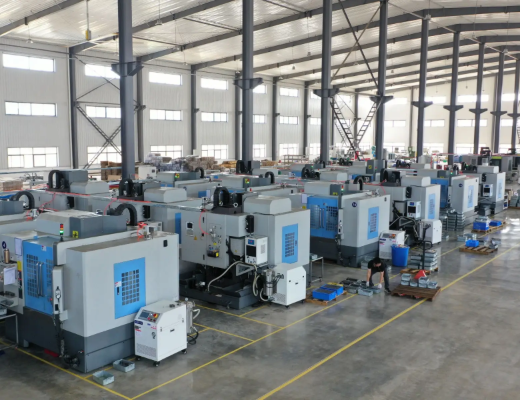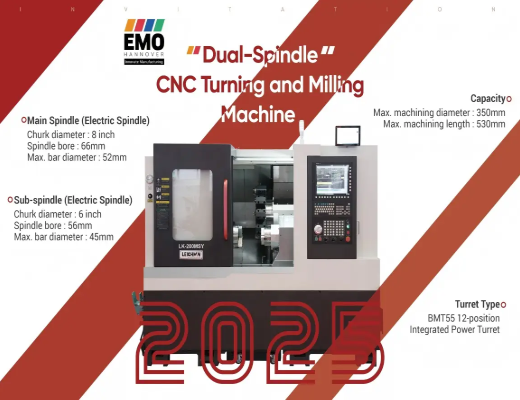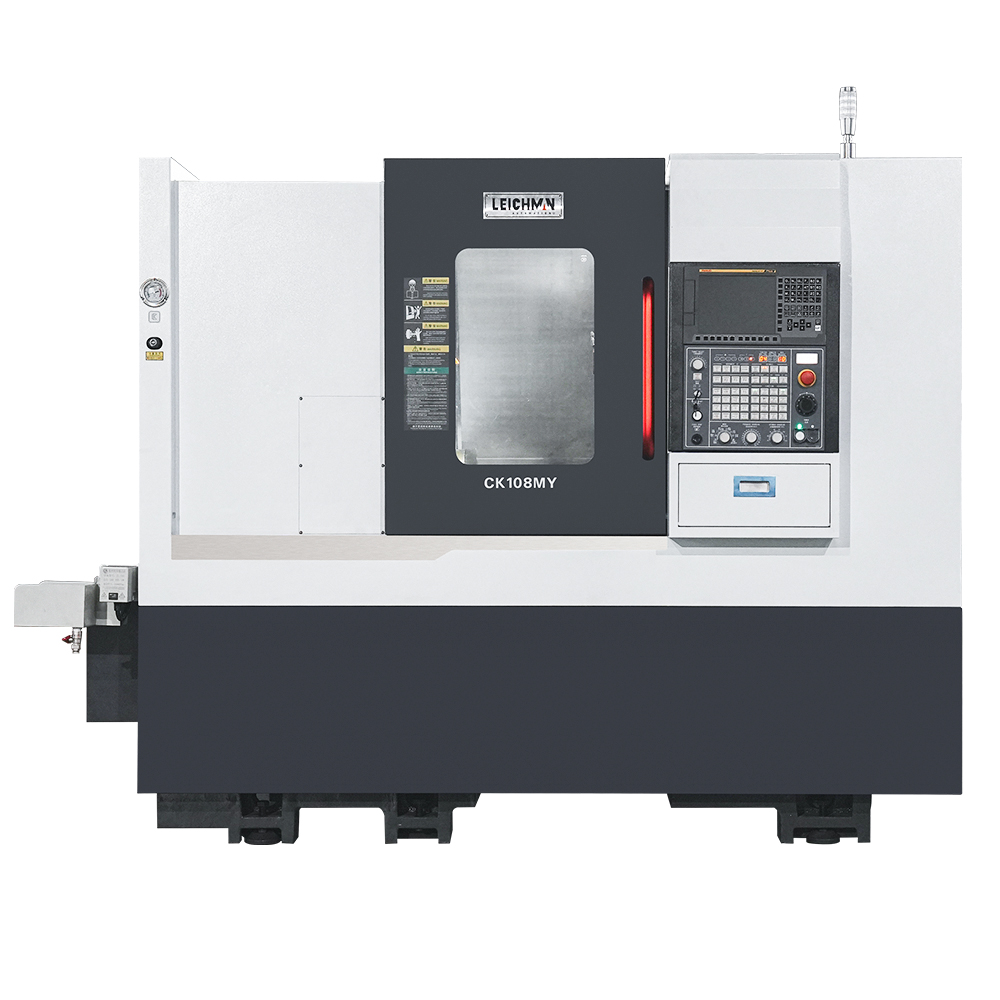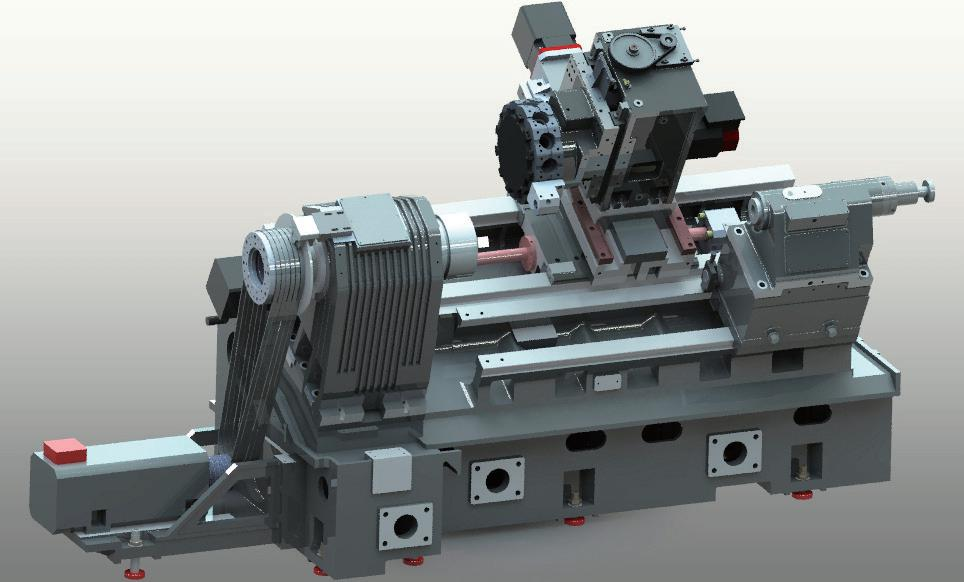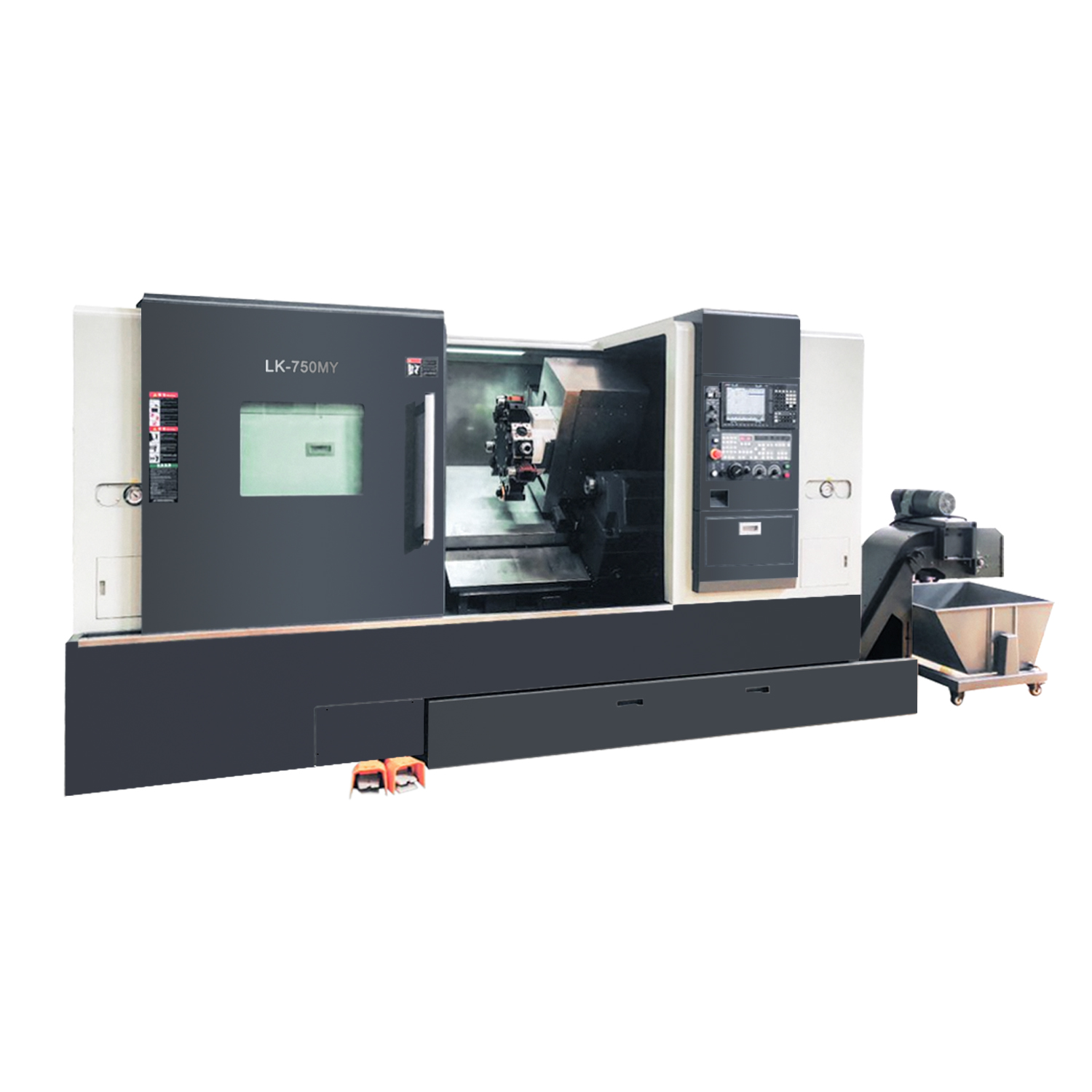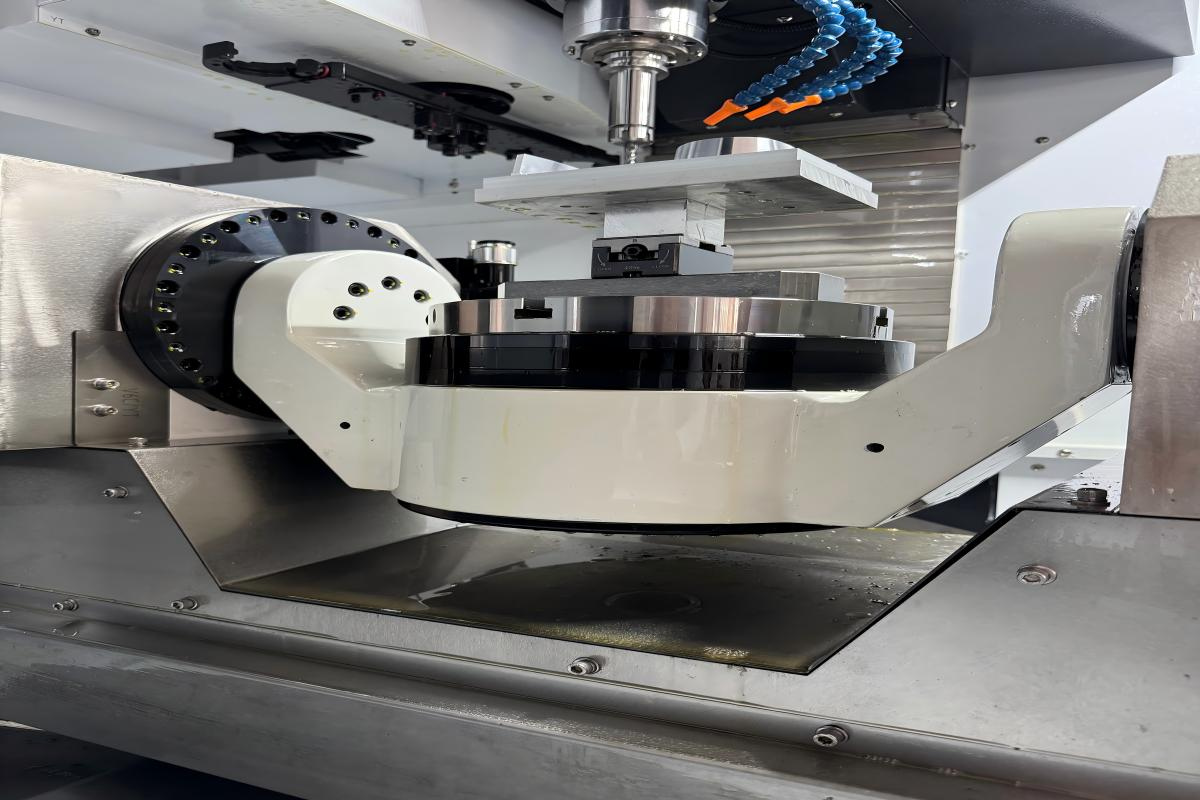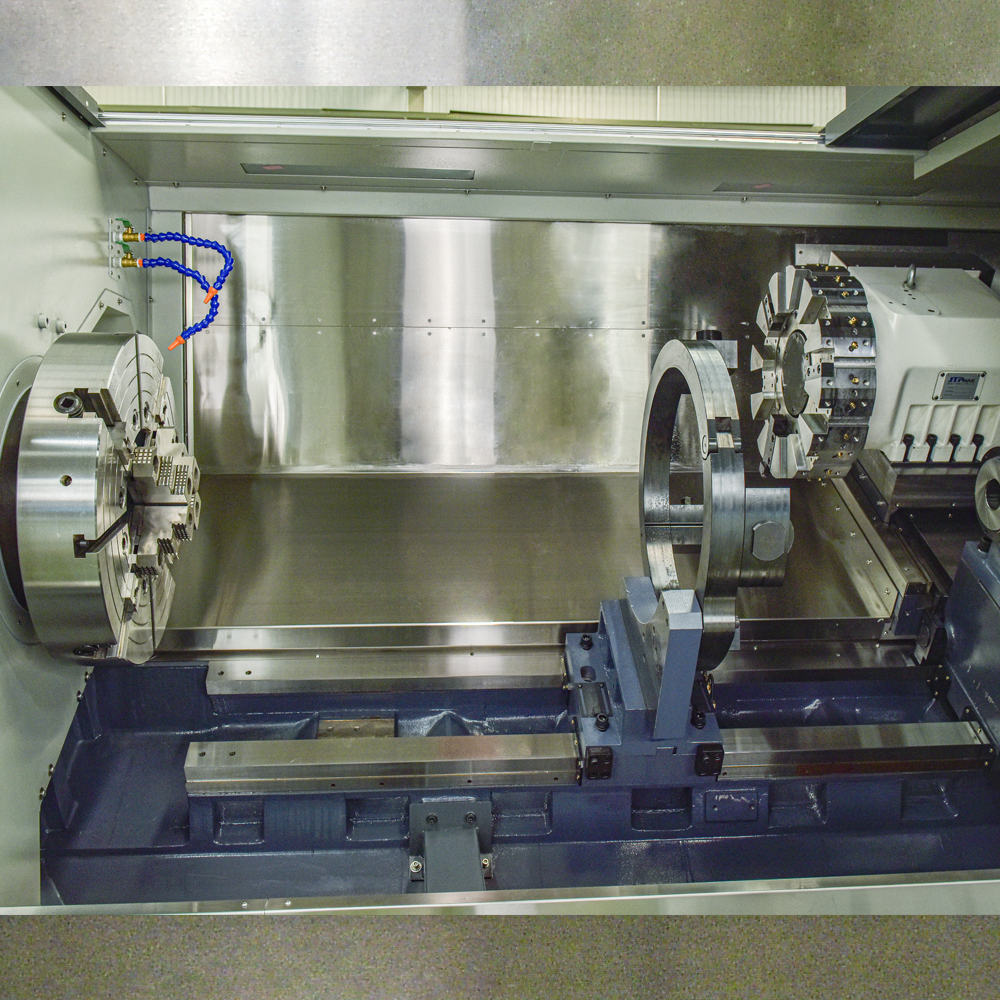In modern CNC machining, the electric spindle plays a key role. But what exactly is it, and why is it important? At Leichman, we believe in making advanced technology easy to understand. In this blog, we’ll explain the basics of an electric spindle, how it works, and where it’s used.
Understanding the Electric Spindle
An electric spindle is a high-speed motor built into the spindle of a CNC machine. Unlike traditional spindles that rely on external motors and belts, electric spindles combine the motor and spindle into a single unit. This design helps save space, reduce vibration, and improve machining accuracy.
In simpler terms, the electric spindle is the part that holds and spins the cutting tool—such as a drill or milling cutter—at high speeds to shape materials like metal, plastic, or wood.
Key Features
Compact design: Since the motor is built inside, there are fewer moving parts. This means fewer chances for mechanical errors.
High-speed rotation: Electric spindles can reach tens of thousands of revolutions per minute (RPM), making them ideal for fine and fast cutting.
Cooling systems: Many electric spindles use air or water cooling to keep temperatures stable during long or high-speed operations.
Precision control: They respond quickly to changes in speed or direction, which is important for complex or detailed machining.
Where Are Electric Spindles Used?
Electric spindles are widely used in:
CNC machining centers
Milling machines
Grinding machines
Engraving machines
At Leichman, several of our vertical machining centers and turning-milling machines use electric spindles for better efficiency and smoother cutting. For example, in our VMC1165 model, the electric spindle allows high-speed cutting with minimal downtime, which is especially helpful for precision parts production.
Why Do They Matter?
The biggest advantage of electric spindles is consistency. Since they produce less vibration and allow better control, the surface finish of the final product is more accurate and smooth. This is especially useful for industries like automotive, medical devices, and mold making, where precision matters.
Electric spindles also reduce the need for frequent maintenance, making them cost-effective in the long run.
Conclusion
An electric spindle might seem like a small part of a CNC machine, but its impact is big. At Leichman, we focus on providing CNC machines that balance performance, reliability, and ease of use. Whether you’re new to CNC or an experienced operator, understanding how key parts like the electric spindle work can help you make better choices for your projects.
Want to learn more about our CNC solutions? Contact us or explore our machine series on the Leichman official website.
